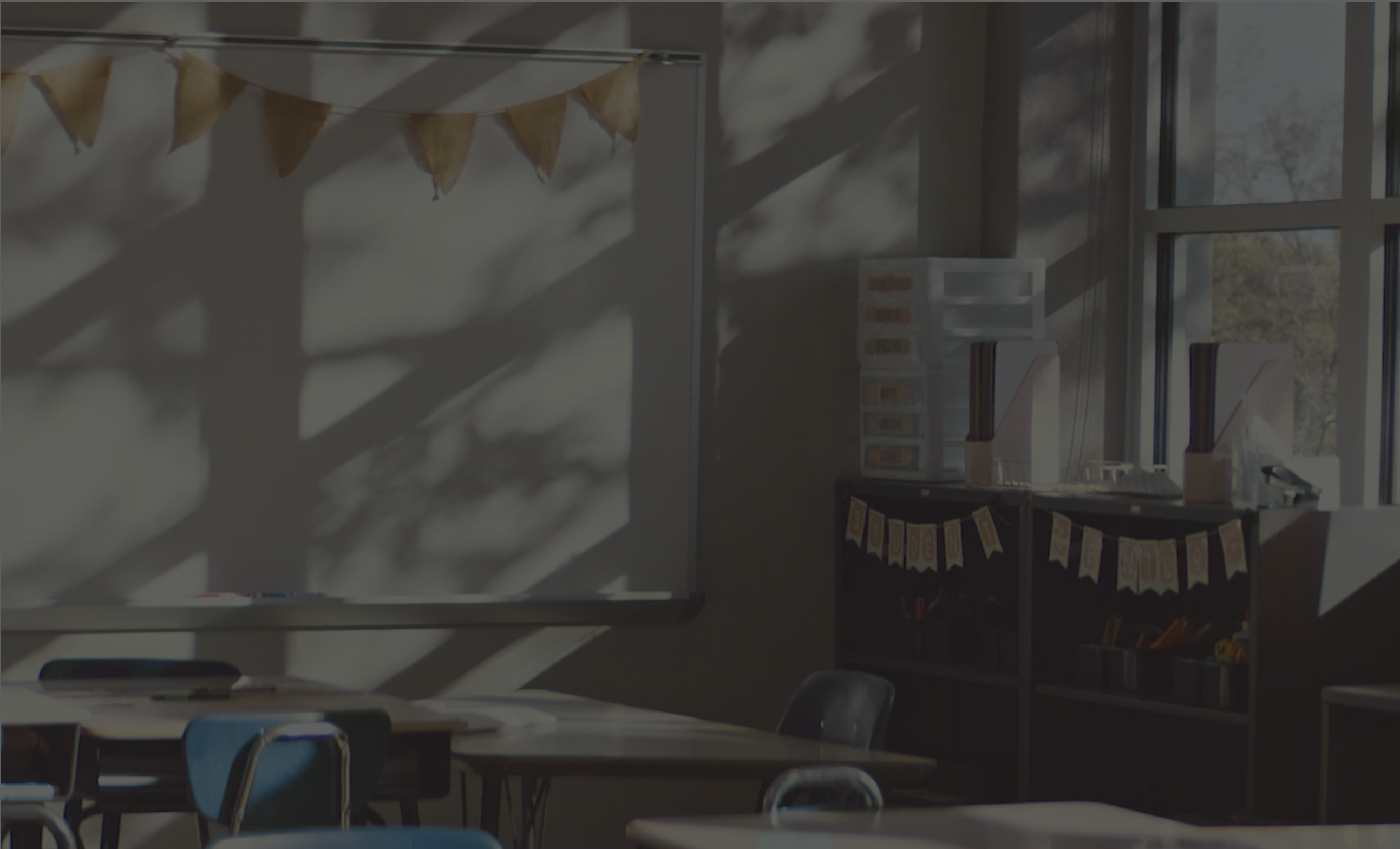Hear From Experts

“There was a design theory in the late 60’s, early 70’s where windowless classrooms would keep students focused on their studies.”

“Imagine spending 6 to 7 hours a day, 174 days a year, without any natural light.”

“If students don't have that exposure to the direct sunlight and that natural light, it can definitely impact them physically, mentally, and emotionally.”

“Our job is to prepare students for the outside world. It's really hard to do that when they can't see outside.”
Impact
Results
Eisenhower Elementary School
Jacksonville, IL
Reported an improvement in mood and wellbeing
Increase in student participation
Decrease in classroom conflict
Increase in student focus
Saw a better attention span in students
Felt more relaxed overall
Results Based on Eisenhower School Data.
Results
Results Based on Eisenhower School Data.
.png%3Fh%3D120%26iar%3D0%26w%3D130&w=384&q=75&dpl=dpl_BiPvmYZDPFdtGxUX7MLy8ZYdtMPd)

